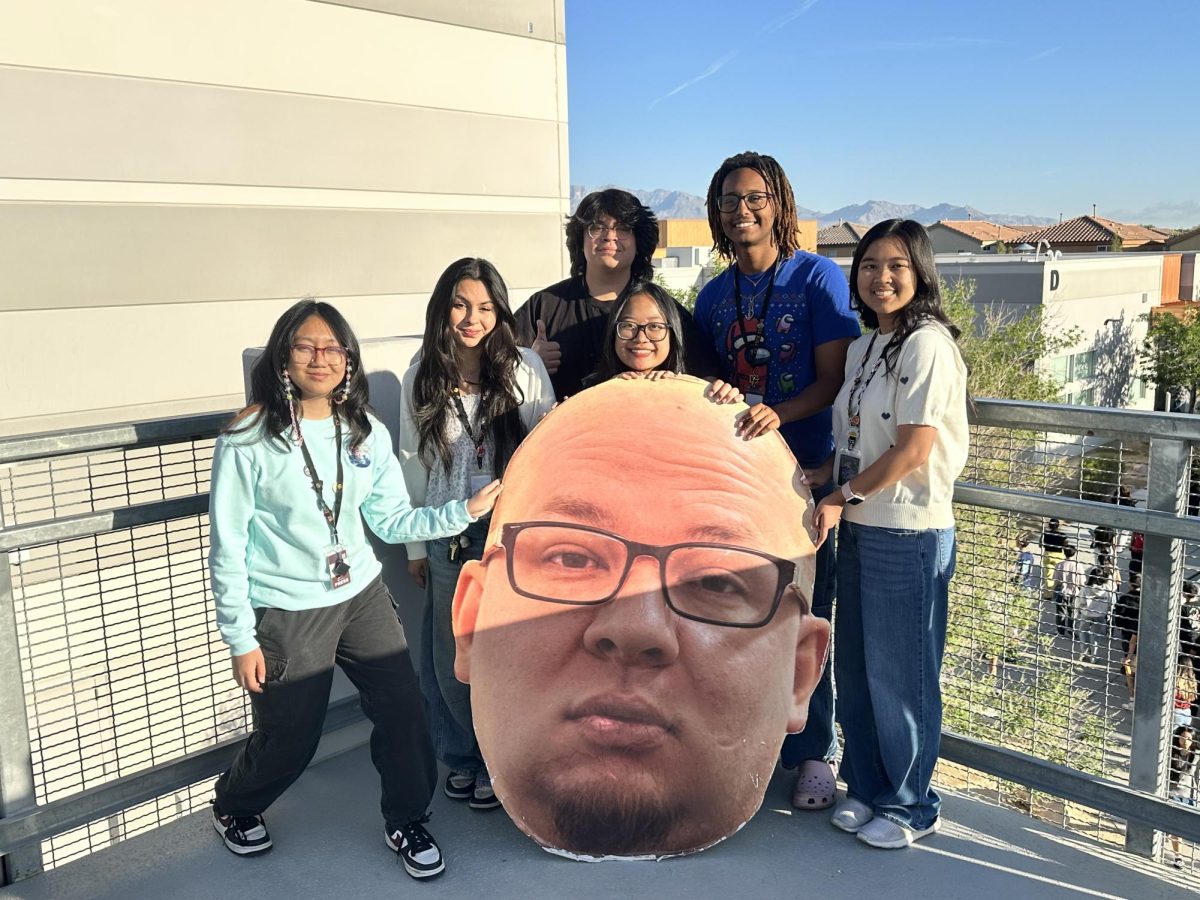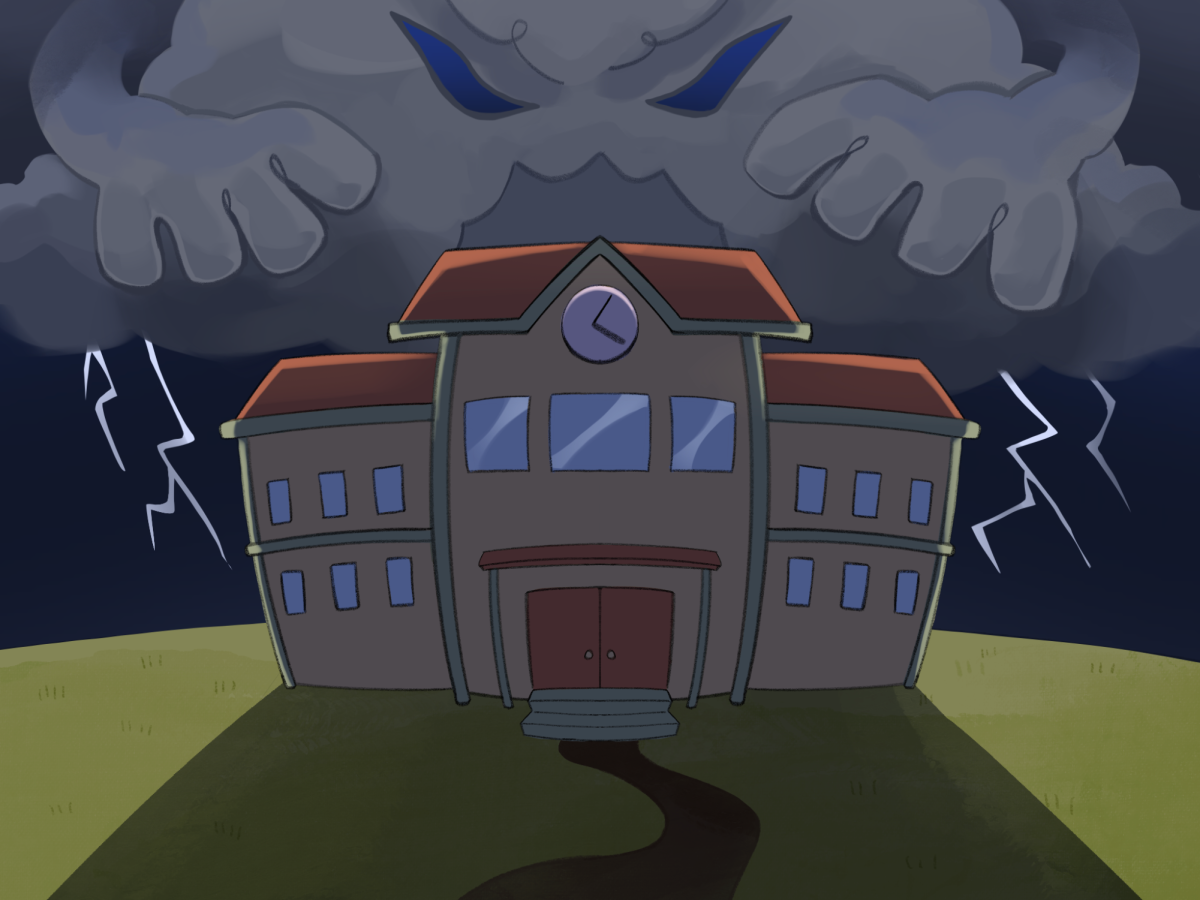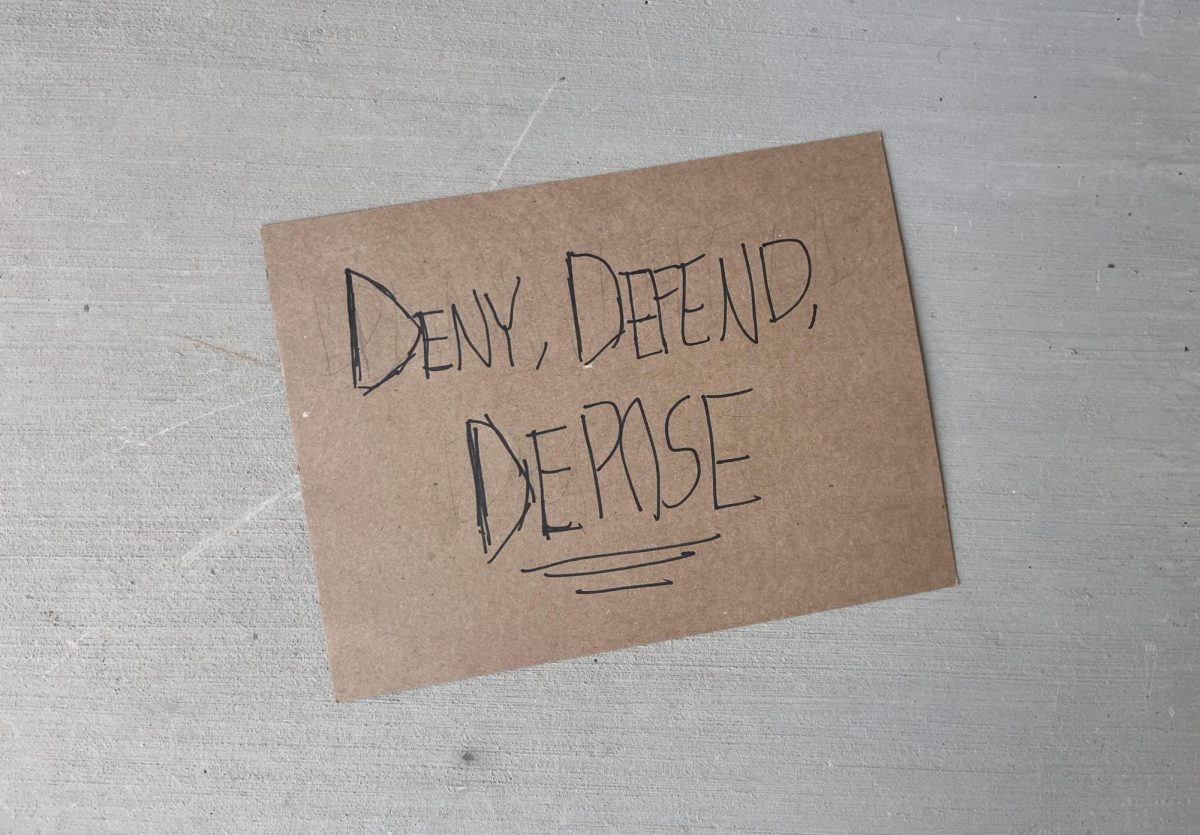The Clark County School District was recently in the middle of a financial fiasco as the Board of Trustees juggled an estimated $50 to $60 million deficit. Problems with the budget trace back to January of 2016 when both the school board and the Clark County Education Association settled to increase teachers’ wages as the district transitioned to a Professional Growth System.
In total, the contract cost the district $135.5 million. Following that, there was another hearing involving the Educational Support Employees Association where support staff received an increase in income, costing the district an additional $18 million.
Even after raises were approved for these two unions, a dispute with the Clark County Association of School Administrators and Professional-Technical Employees about whether CCSD should give administrators a raise ended with an arbitrator deciding that “the district offered no documented evidence” of being incapable to handle the monetary proposal of $19.5 million.
Oblivious to the impact of these deals, the school board hadn’t thought to begin preparing for prospective shortfalls because Superintendent Pat Skorkowsky didn’t articulate budget concerns until July.
Failing to properly communicate and address budget issues before it was too late, the district has eliminated over 300 jobs and struggled to identify which areas to prioritize. Because of these series of events, we believe that educational stakeholders need to fix the distribution of funding and learn from past financial mistakes.
Over 70 percent of the state population resides in Southern Nevada–the region that generates the majority of state funds. However, CCSD only has enough money to spend an average of $5,457 per student while Eureka County spends an average of $32,119 per student. This is because the Nevada Plan, created in 1967, fails to compensate for the varying amounts of students across districts, meaning funding is not divided fairly.
Take this hypothetical scenario for example. Group A has 30 people, and Group B has 10 people. Both Group A and Group B get $10 to share among all members. Each person in Group B gets $1 while Group A has to further break down their money in order for members to have an equal amount. That means money is not fairly distributed since members of Group B benefit more than Group A.
Delegating the same amount of money to each district, the state divides revenue as a collective instead of evenly. There are over 300,000 students in CCSD, but only 247 students in Eureka County, so while CCSD has to ration their resources like Group A, Eureka has more money to work with and invest in their students.
Faultily assessed, the per pupil funding by the state favors rural counties over the growing urbanized areas in the southern region. If CCSD was given a larger share of state funds, then budget cuts may not be so much of an issue. It’s not fair to expect students to perform well if the majority of the money earned in our community benefits school districts in Northern Nevada.
When classes are continually overflowing and schools have to constantly cut money in the same areas they already have in the past, it only makes sense to prioritize a larger portion of the money for CCSD, especially since we are the fifth largest school district in the nation.
The state’s recently implemented weighted funding formula bill is a start in the right direction. Prioritizing low-income families and English language learners, schools are granted additional funds, depending on how many students qualify. While the legislature is taking measures separate from faulty Nevada Plan, a complete transition would, unfortunately, cost the state about $1 billion because of expenses for new programs.
Despite efforts by Governor Brian Sandoval to increase taxes for education, we still find ourselves in the same situation. If a “forensic audit” proposed by Trustee Kevin Child is conducted for an in-depth analysis of CCSD finances, then the district can identify whether or not there are problems with the budget that additional funding would not be able to fix.
Although the budget cuts issue has calmed down, for now, district officials need to provide realistic suggestions for the future draft of a bill in the state legislature when they reconvene in 2019. As one of the lowest ranking states for education, we cannot afford to perpetuate these poor habits and limit opportunities for public school students. Fixing CCSD’s budget problems is not only the responsibility of the state legislature but the school board, as well, to thoroughly evaluate where the finances went wrong.
[poller_master poll_id=”360″ extra_class=””]



















